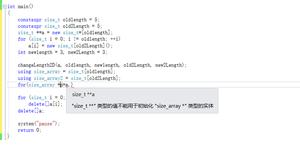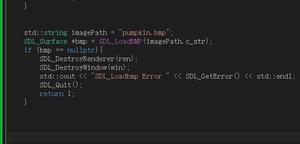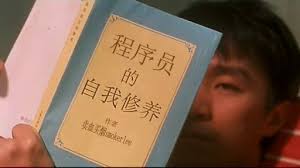为什么我们在内部类中可以有静态的final成员,却不能有静态的方法?
为什么我们可以在非静态内部类中具有静态的final成员,却不能具有静态方法?
我们可以在不实例化内部类的情况下访问外部类外部的内部类的静态最终成员变量吗?
回答:
您可以在静态“内部”类中使用静态方法。
public class Outer { static String world() {
return "world!";
}
static class Inner {
static String helloWorld() {
return "Hello " + Outer.world();
}
}
public static void main(String args[]) {
System.out.println(Outer.Inner.helloWorld());
// prints "Hello world!"
}
}
但是,确切地说,Inner根据JLS术语(8.1.3 )被称为嵌套类:
内部类可以继承不是编译时常量的静态成员,即使它们未声明它们也是如此。根据Java编程语言的通常规则,不是内部类的嵌套类可以自由声明静态成员。
同样,内部类不能具有成员也不是完全正确static final。更精确地说,它们还必须是编译时常量。以下示例说明了区别:
public class InnerStaticFinal { class InnerWithConstant {
static final int n = 0;
// OKAY! Compile-time constant!
}
class InnerWithNotConstant {
static final Integer n = 0;
// DOESN'T COMPILE! Not a constant!
}
}
在这种情况下允许使用编译时常量的原因很明显:它们在编译时内联。
以上是 为什么我们在内部类中可以有静态的final成员,却不能有静态的方法? 的全部内容, 来源链接: utcz.com/qa/406365.html







